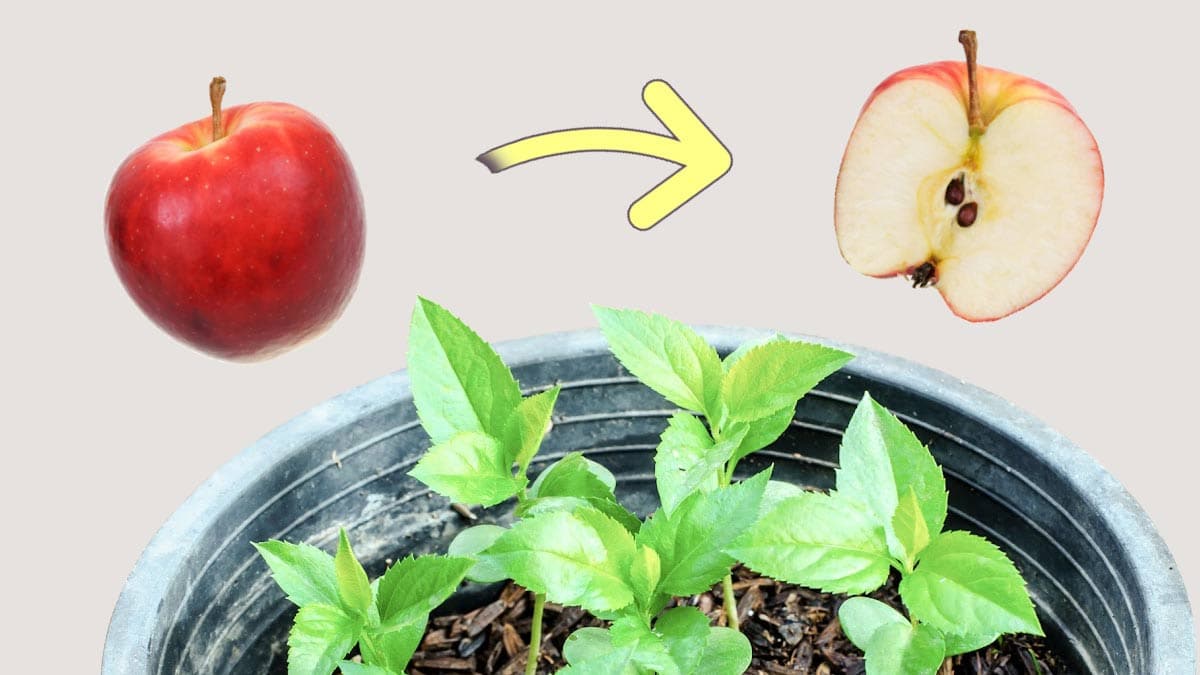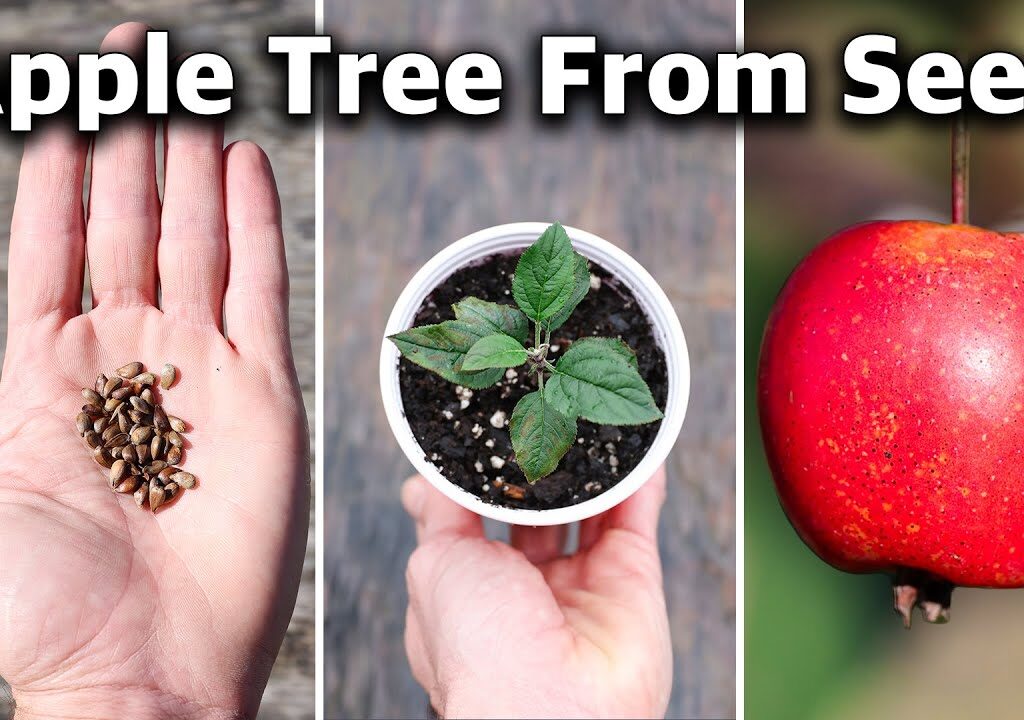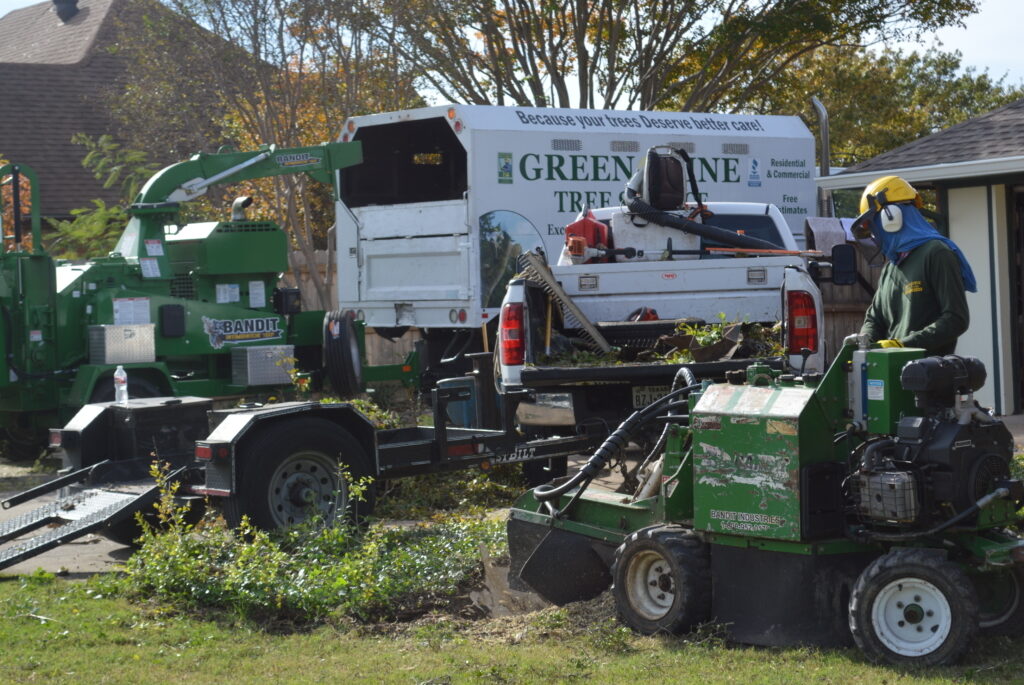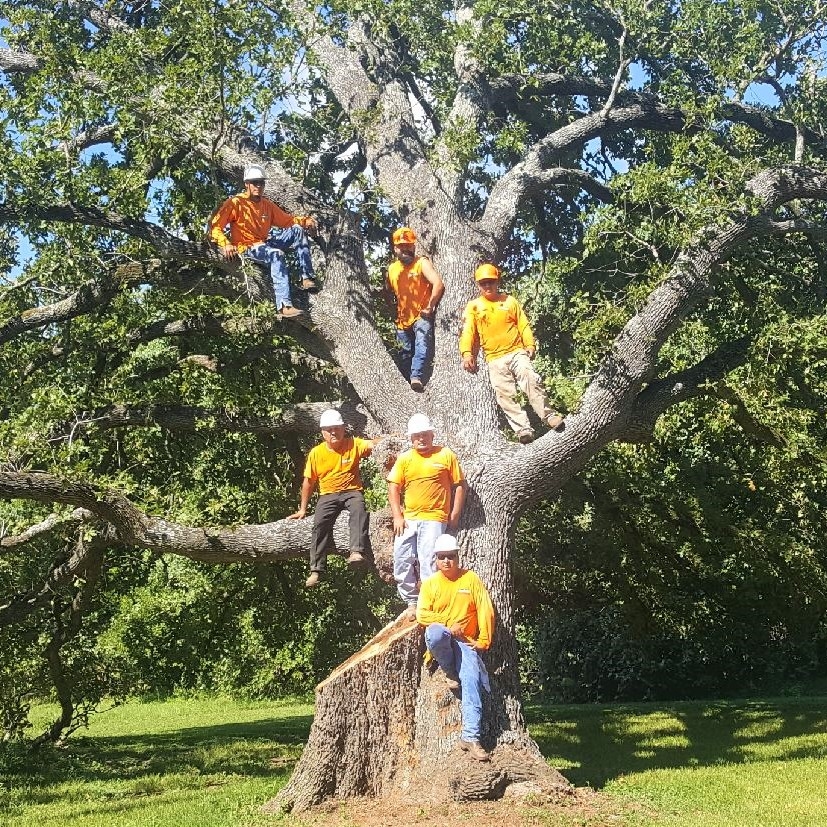How to Grow Apple Seeds
Growing an apple tree from seeds can be an exciting journey that connects you with nature while providing a future bounty of delicious, homegrown apples. Whether you’re a gardening enthusiast or just looking for a rewarding hobby, this step-by-step guide is here to help you succeed.
Preparing for Planting
Understanding Apple Seed Germination
Apple seeds have a protective dormancy mechanism that ensures they don’t sprout prematurely in unfavorable conditions. To break this dormancy, the seeds must undergo specific steps to initiate germination.
Choosing the Right Apple Variety
Not all apple seeds grow into fruit-bearing trees identical to their parent plant. This phenomenon, known as genetic variation, means that planting seeds from your favorite apple variety might lead to a new and unique apple tree. Choose seeds from high-quality, disease-free apples to give your new tree the best start.
Collecting and Storing Seeds
Step 1: Remove seeds from fresh, ripe apples.
Step 2: Rinse seeds under cool water to remove sticky residue.
Step 3: Spread seeds on a paper towel and allow them to dry completely.
Step 4: Store dry seeds in an airtight container if you’re not planting immediately.
Stratifying Apple Seeds
What is Stratification?
Stratification simulates the winter conditions apple seeds naturally require to germinate. Without this cold period, the seeds will remain dormant.
Step-by-Step Process of Stratification
• Prepare the Seeds: Place your clean, dry seeds in a damp paper towel.
• Seal and Store: Put the towel in a resealable plastic bag.
• Refrigerate: Store the bag in your fridge (not the freezer) at 34–40°F (1–4°C).
• Monitor: Check periodically to ensure the paper towel remains moist and that mold isn’t forming.
How Long Does Stratification Take?
Typically, stratification takes 6–8 weeks. During this time, seeds will begin to sprout tiny roots, signaling that they’re ready for planting.

Planting Apple Seeds
When to Plant Your Seeds
Once the stratification period ends, aim to plant your seeds in early spring when temperatures are mild and the risk of frost has passed.
Ideal Soil Conditions
Apple trees prefer well-draining, loamy soil that is slightly acidic to neutral, with a pH between 6.0 and 7.0. Enriching your soil with organic compost can give the seeds an added nutrient boost.
Choosing the Right Container
Begin with small pots or seed trays. Ensure they have proper drainage holes to prevent waterlogging, which can harm delicate roots.
Planting Steps
1.Fill the container with moist, nutrient-rich soil.
2.Plant each seed about ½ inch (1.25 cm) deep.
3.Lightly sprinkle soil over the seeds and give them a gentle watering.
4.Caring for Apple Seedlings
5.Watering Tips
Keep the soil consistently moist but not soggy. Overwatering can cause root rot, while underwatering can dry out young roots.
Ensuring Proper Sunlight
Apple seedlings thrive with plenty of sunlight. Place your pots in a sunny windowsill or under grow lights, ensuring they get at least 6–8 hours of light daily.
Preventing Common Pests
Protect seedlings from pests such as aphids or mites by inspecting them regularly. Opt for organic neem oil or insecticidal soap when needed.
Transplanting Your Apple Tree
When to Transplant
Once your seedlings are about 6–12 inches (15–30 cm) tall, they are ready to move to a larger container or be transplanted outdoors.
Selecting the Best Outdoor Location
Pick a spot with full sunlight and good air circulation. Ensure the soil in this area meets the pH and drainage requirements.
How to Transplant Safely
Create a hole that’s twice as wide and a bit deeper than the root ball of the seedling. Gently position the seedling in the hole, spreading its roots softly. Refill the hole with soil, pressing it lightly around the base for support. Water thoroughly to settle the soil.
Long-Term Apple Tree Care
Pruning Techniques
Trimming your tree encourages healthy development and helps maintain its shape. Remove dead or overcrowded branches during the dormant season (late winter to early spring).
Fertilizing Your Apple Tree
Feed your tree with a balanced fertilizer in early spring and mid-summer. Avoid over-fertilizing, as this can lead to excessive leafy growth and fewer apples.
Seasonal Care Tips
1.Apply mulch around the tree’s base to help conserve moisture and prevent weed growth.
2.Protect young trees from harsh winters by wrapping the trunk with tree guards.
3.Troubleshooting and Common Challenges
Dealing with Slow Growth
Make sure your tree gets plenty of sunlight and the right nutrients. Check for signs of pests or diseases that might hinder growth.

Identifying Diseases
Watch for common apple tree diseases like apple scab or powdery mildew. Remove infected leaves and branches promptly.
Tips for Pest Management
Use natural pest deterrents like companion planting (e.g., marigolds or garlic) and apply organic sprays when necessary.
Benefits of Growing Apple Trees at Home
• Fresh Apples: Enjoy delicious, pesticide-free fruit straight from your garden.
• Environmental Impact: Trees improve air quality and support local ecosystems.
• Personal Satisfaction: Watching your tree grow and bear fruit is immensely rewarding.
Fun Facts About Apple Trees
Apples have been among the earliest fruits cultivated by humans, with a history stretching back thousands of years.
There are over 7,500 varieties of apples worldwide.
The science of growing apples is called pomology.
Conclusion
Growing an apple tree from seeds is a delightful project that combines patience, care, and love for nature. Whether you’re planting for fun or aiming for an orchard, the process offers endless rewards.


